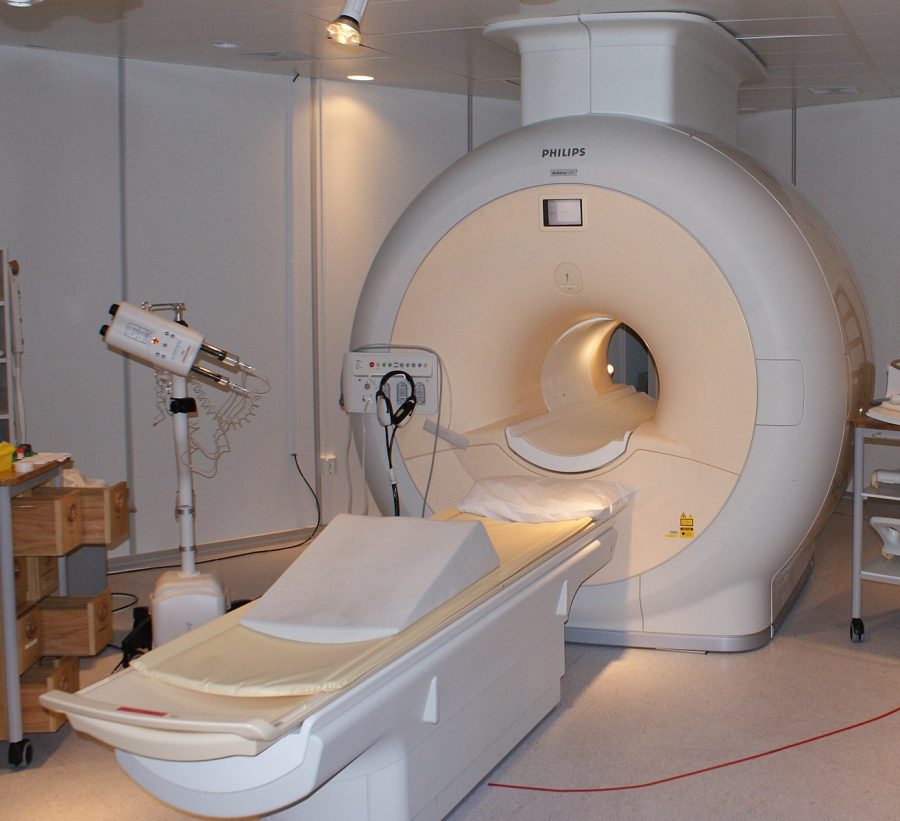Structure of adult brain altered by depression treatment
November 6, 2022
Scientists once believed that the structure of the adult brain is resistant to rapid changes, but new studies proved otherwise. German researchers Jonathan Repple and Eric Ruhe claim that the right treatment can improve brain connectivity in patients diagnosed with major depressive disorder.
The two presented their work at the European College for Neuropsychopharmacology Congress in Vienna.
Repple and Ruhe observed 109 patients with major depressive disorder and compared them to 55 healthy controls while working at the University of Muenster in Germany. The pair used an MRI to scan their brains and determine the level of neuron connectivity within the brain.
The experimental group was then treated for depression with either electroconvulsive therapy (ECT), cognitive behavior therapy or anti-depressant medication, or a combination of all therapies. These patients then had their brains rescanned six weeks after the first MRI scan and the number of connections between parts of the brain were recounted. They were also retested for symptoms of depression.
The researchers found patients who showed the greatest symptom improvements also showed the most structural brain changes. After only six weeks, there was an increase in the connectivity between neurons in certain parts of their brains and these effects were independent of treatment choice.
“We were surprised at the speed of response,” Jonathan Repple said.
Among the treatments offered, electroconvulsive therapy appeared to be the most effective and rapid; however, scientists are still trying to mitigate the more serious side effects that come with it. Studies among humans found that ECTwas found to “mold” the brain structures of some patients with major depressive disorder, reshaping neural connections in their amygdala and hippocampus.
Meanwhile, antidepressant drugs are associated with improved neural plasticity in the hippocampus and prefrontal cortex, and cognitive behavioural therapy is linked to altered brain activation in the prefrontal cortex and praecuneus, a part of the brain linked to mental imagery and memory.
Despite the evidence that supports the scientists’ claims, these depression treatments are not always completely effective, nor do they lead to consistent levels of structural brain changes.
The brain is incredibly complex which has made studying the effects certain treatments have on depression challenging. However, this has not stopped neither Repple nor Ruhe.
Ruhe said that the study still needs to be replicated in independent samples, but that the results “align very much with our current belief that the brain has much more flexibility in adaptation over time than was previously thought.”
“This means that the brain structure of the patients with serious clinical depression is not as fixed as we thought, and we can improve brain structure within a short time frame, around 6 weeks.
“We found that if this treatment leads to an increase in brain connectivity, it is also effective in tackling depression symptoms,” said Ruhe. “This gives hope to patients who believe nothing can change and they have to live with a disease forever, because it is ‘set in stone’ in their brain.”







